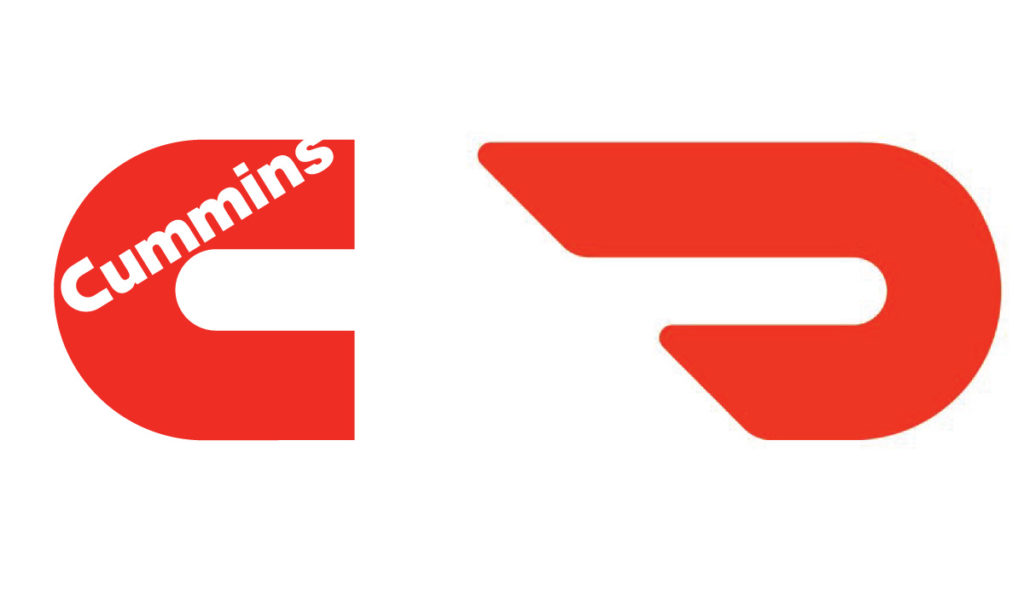Car-free zones saw boost in share of consumer activity compared to the rest of the city during Covid-19:
Analysts at the listing platform looked at restaurants in Boston’s Little Italy, San Francisco’s Mission District, Chicago Central Loop’s West Fulton Market, downtown Boise’s 8th Street and Burbank’s San Fernando Boulevard, all of which had slow streets programs that blocked vehicle access in 2020. They measured the difference in the share of consumer interest between the sample of restaurants in each slow street zone and all restaurants across each respective city, comparing the start of the pandemic (using March 15, 2020 as a proxy), when these programs weren’t yet in place, to the various time periods when the programs were in swing. (The chart below shows that difference.) Eateries in car-free areas saw more consumer interest (based on the amount of views, posted photos and user reviews on Yelp listings) when their streets were strictly limited to pedestrians and cyclists, they found.
